
ToeCramps at Night
Crampingis a very common occurrence for anyone in any age category. A crampoccurs when the muscle contracts suddenly and remains tensed, usuallycausing moderate pain in the area. The areas of the body most proneto cramping are the legs and toes. Night-time cramps are also quitecommon and usually occur due to a number of different reasons.
Athletesand people who exercise very frequently are mostly at risk forcramping. When exercising or sporting, athletes lose a lot of sodiumthrough perspiration. However, the mineral sodium helps the body'smuscles to function properly. If enough sodium is lost during theday, the muscles can spasm and cramp at night.
Similarly,a lack of calcium can have the same effect on the muscles as a lackof sodium can. Both minerals help muscles to perform well and staylimber. Therefore, maintaining a balanced diet with enough of each ofthese minerals is very important for athletes.
Tight,uncomfortable or unsupportive footwear can also cause cramping byforcing the muscles to work in way they are not accustomed to. Thetired, strained muscles rebel during sleep, causing cramping. This isthe reason why toe and leg cramps are more common than cramps inother parts of the body.
Treatment
Theprevention of cramps is ultimately preferable to trying to solve theproblem once it has occurred. Prevention starts with eliminating thefactors that can increase the risk of cramping. A balanced diet isthe first step, as the body needs every vitamin and mineral to stayhealthy. Athletes should maintain their electrolyte levels to keeptheir muscles working properly. Vitamin supplements can help in thiscase to reduce the intensity of toe cramps and other muscle spasms.
Stretchingthe leg muscles and the toes before and after exercise can make adifference too, since it helps the muscles stay limber. Whenexercising, be careful about how much strain is placed on themuscles, as they may become overstretched and spasm erratically.Also, determine which shoes create the most problems for the feet andlegs and either try to alter them or avoid wearing them too often.
When acramp does occur, massage the area in which the cramp takes place.This can help relax the muscle and alleviate the spasms. Continuestretching the muscle gently to counteract the contraction. For calfcramps, leaning forward while keeping the heel on the floor orpulling the toes upwards gently can help in the same way.



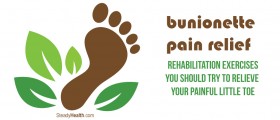
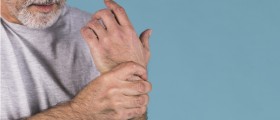

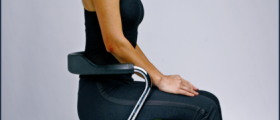




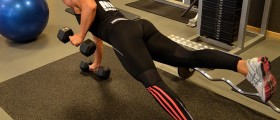

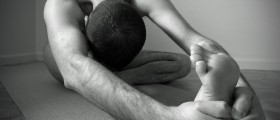
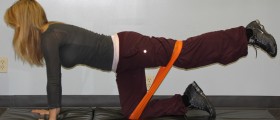

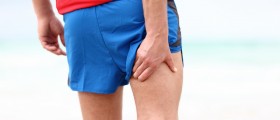
Your thoughts on this
Loading...